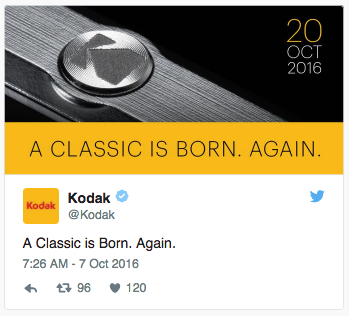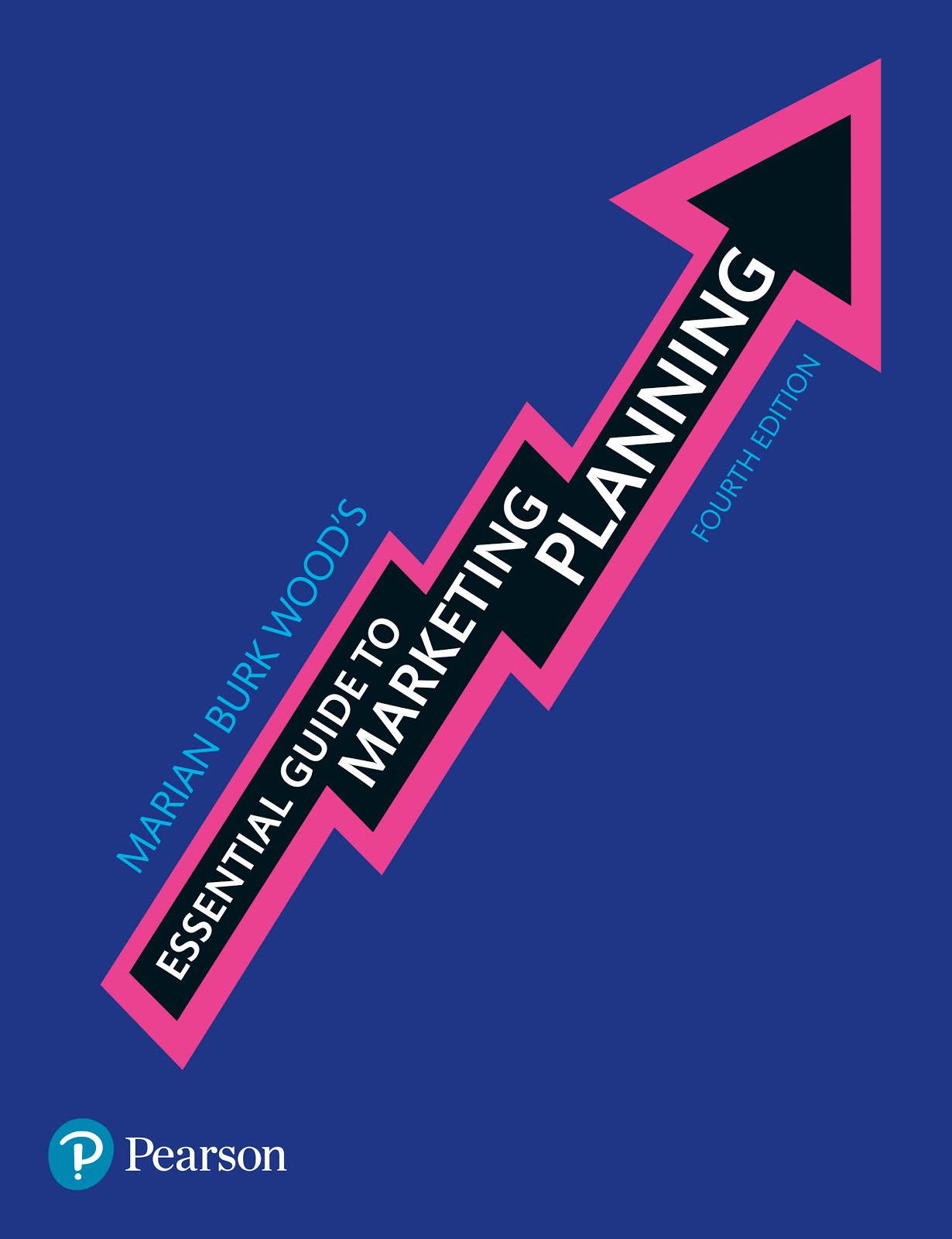 Poundland sells everything for £1. Or at least that was its traditional pricing strategy. In recent months, the retailer known for its one-price strategy has expanded the number of products sold at a higher price.
Poundland sells everything for £1. Or at least that was its traditional pricing strategy. In recent months, the retailer known for its one-price strategy has expanded the number of products sold at a higher price. From time to time, Poundland offered special deals over the one-pound price (see "Replay DVD" here). But recently, Poundland posted store signs announcing more value deals, meaning the sale of merchandise priced over the one-pound price.
Was the change in pricing strategy due to Brexit's impact on the pound? Poundland says Brexit is not to blame. The retailer is actually expanding its merchandise offerings: 'The rationale was to bring customers more value products than is possible at the £1 price point'.
In fact, Poundland is opening stores under the brand 'Poundland & More' to test the strategy of mixing £1 with a range of higher-priced value deals.
This post updates the Poundland example in the targeting and positioning section of Chapter 7 within my Essential Guide to Marketing Planning.








